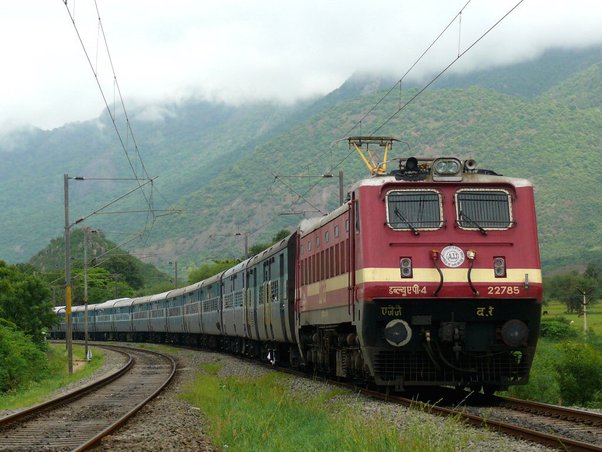Train travel is an integral part of India’s transportation system. With a vast network of routes and destinations, it is essential to have an organized and efficient ticketing system. One key aspect of this system is the Pooled Quota Waiting List (PQWL). In this article, we’ll dive deep into what PQWL is, its significance in train travel, and how it operates.
What is Pooled Quota Waiting List?
The Pooled Quota Waiting List (PQWL) is a waiting list category in the Indian Railways ticket booking system. It is specifically applicable to trains with multiple stoppages that pass through several intermediate stations. The purpose of PQWL is to ensure that passengers traveling to smaller stations have an opportunity to reserve a ticket, even though the overall availability of berths may be limited.
When a passenger books a ticket from the source station to an intermediate station, and the ticket is waitlisted, it falls under the PQWL category. This is different from the General Waiting List (GNWL), which caters to passengers traveling from the source station to the destination station.
Why is PQWL Important?
PQWL is crucial in maintaining the fairness and balance of ticket allocations to passengers traveling to smaller stations. Since the demand for these stations is generally lower compared to the main stations, the Indian Railways introduced the PQWL system to ensure that passengers heading to these smaller stations have a chance to secure a reservation.
Understanding the PQWL Priority System
The PQWL operates on a priority basis, where passengers are assigned a PQWL number, such as PQWL 1, PQWL 2, and so on. The lower the number, the higher the chances of getting a confirmed ticket. As passengers with confirmed tickets cancel their reservations, the PQWL status of waitlisted passengers is updated accordingly.
It is important to note that PQWL has a lower priority compared to the General Waiting List (GNWL). If there are any cancellations, GNWL passengers will be given preference for ticket confirmation before PQWL passengers.
How to Check Your PQWL Status
To check your PQWL status, you can follow these simple steps:
- Visit the IRCTC website or use the IRCTC Rail Connect mobile app.
- Log in with your credentials or create a new account if you don’t have one.
- Go to the ‘Booked Ticket History’ section.
- Enter your PNR number and click on ‘Get Status.’
- Your current PQWL status will be displayed on the screen.
You can also check your PQWL status by sending an SMS to 139 with the text “PNR <your PNR number>” or by calling the helpline number 139.
Tips for Booking Tickets with PQWL
When booking train tickets with PQWL, keep the following tips in mind:
- Book your tickets as early as possible to secure a lower PQWL number, increasing your chances of getting a confirmed ticket.
- Be flexible with your travel dates and train choices, as it can help you find a train with a lower PQWL number or even a confirmed ticket.
- Consider alternative routes or stations that might have a better ticket availability or a lower waiting list status.
- Keep an eye on your PQWL status and be prepared to make alternate arrangements if your ticket is not confirmed by the time of departure.
- If possible, opt for the General Waiting List (GNWL) over PQWL, as GNWL has a higher priority for confirmation.
- Utilize the Tatkal quota and Premium Tatkal quota to book last-minute tickets, but be aware that these tickets are limited and usually cost more than regular tickets.
Conclusion
The Pooled Quota Waiting List (PQWL) plays a significant role in ensuring fairness in ticket allocation for passengers traveling to smaller stations across India. Understanding the PQWL system, its priority, and how it works can help you make informed decisions when booking train tickets in India. By following the tips mentioned above and regularly checking your PQWL status, you can improve your chances of securing a confirmed ticket and enjoy a hassle-free train journey.
